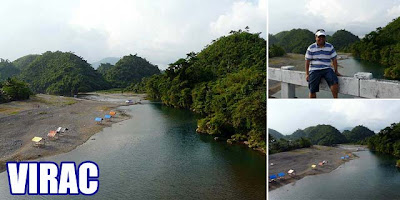 Only the Pampanga locals knew that right beside Bayanihan Park in Angeles City is a small row of restaurants which serve different dishes of goat meat. But now, these kambingans have become very popular after Anthony Bourdain visited them when he was in Pampanga.
Only the Pampanga locals knew that right beside Bayanihan Park in Angeles City is a small row of restaurants which serve different dishes of goat meat. But now, these kambingans have become very popular after Anthony Bourdain visited them when he was in Pampanga. They serve kalderetang kambing, pinapaitan, sinigang na kambing and kilawin among other things. Craving for goat meat? Then Pampanga is the place. And there are more food choices in Pampanga than visitors could ever imagine!
They serve kalderetang kambing, pinapaitan, sinigang na kambing and kilawin among other things. Craving for goat meat? Then Pampanga is the place. And there are more food choices in Pampanga than visitors could ever imagine!



















































